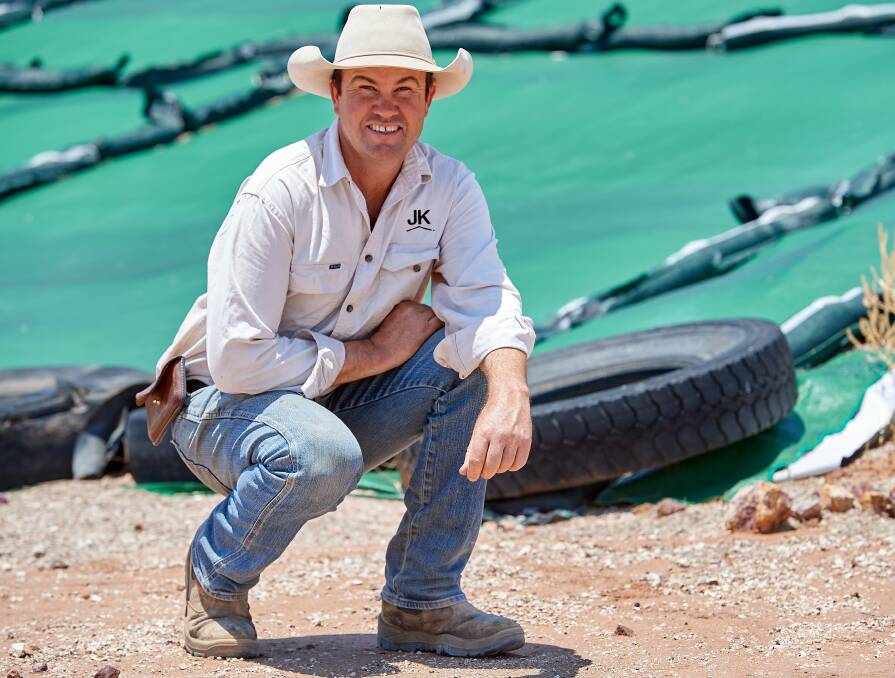Project helps fill the feed gap

This is branded content for Lallemand Australia
The construction of a 500-head drought feeding facility is set to offer continuity in times of need for a dynamic beef enterprise in Queensland's Western Downs region.
Justin and Kate Boshammer run about 500 registered Angus, Brangus, Ultrablack and Wagyu cows and 200 commercial cows across 6,330 ha of owned and leased land in the Condamine and Dulacca districts.
Located on 'Aberfeldy', the feeding setup will be used, if needed, to grow out commercial weaners through to feedlot weights, thereby freeing up valuable pastures for growing bulls and the breeding herd.
"This project is 100 per cent about filling the feed gap for our growing cattle and leaving the pasture for the bulls to grow out in the way our customers want them," Mr Boshammer said.
The nutrition program is based on silage sourced from the Condamine region. The forage sorghum crop was harvested and transported 70km to 'Aberfeldy' by Wayne Galley Silage Contracting. More than 1300 tonnes was packed into two 50 x 12 metre pits dug into a ridge.
"Lallemand Animal Nutrition technical services manager, Jordan Minniecon, offered to come out and help us. We can't be across every detail, and this is his area of expertise, so it reduces our risk," Mr Boshammer said.
The harvested crop was treated with MAGNIVA Platinum forage inoculant, a unique combination of bacteria that promotes rapid 'front end' fermentation and 'back end' aerobic stability.
The pits were sealed with Silostop Max oxygen barrier film to limit the growth of spoilage-causing yeasts and moulds. A second layer of Silacover black and white extra heavy-duty film was placed over the top of the Silostop max oxygen barrier film as an extra level of protection.
This practice is recommended for when the silage will be stored for greater than two years. The films were covered with SilageKeeper UV cover, which provides additional protection against sunlight and potential damage caused by animals and environment.
Finally, the three layers were sealed with SealKeeper gravel bags, which provide a re-useable and environmentally friendly alternative to car tyres.
Mr Boshammer indicated the silage cost about $130/t, including transport and sealing, equivalent to about approx. $400/t on a dry matter basis.
"At the moment, we'd be paying about $570/t DM for hay or $770/t DM for cottonseed meal, so this is cheap by any standard. The silage and feeding facility is a long-term investment in our business."
JK Cattle Co sells about 150 Angus, Brangus, Ultrablack and Wagyu bulls a year to beef producers, a number Justin and Kate are continuing to grow.
"We want to supply quality black genetics that produce quality meat for a range of markets and under a range of environmental conditions. Our customers tend to be working with premium supply chains and are trying to value-add to their cattle via genetics, nutrition and management."
This is branded content for Lallemand Australia


